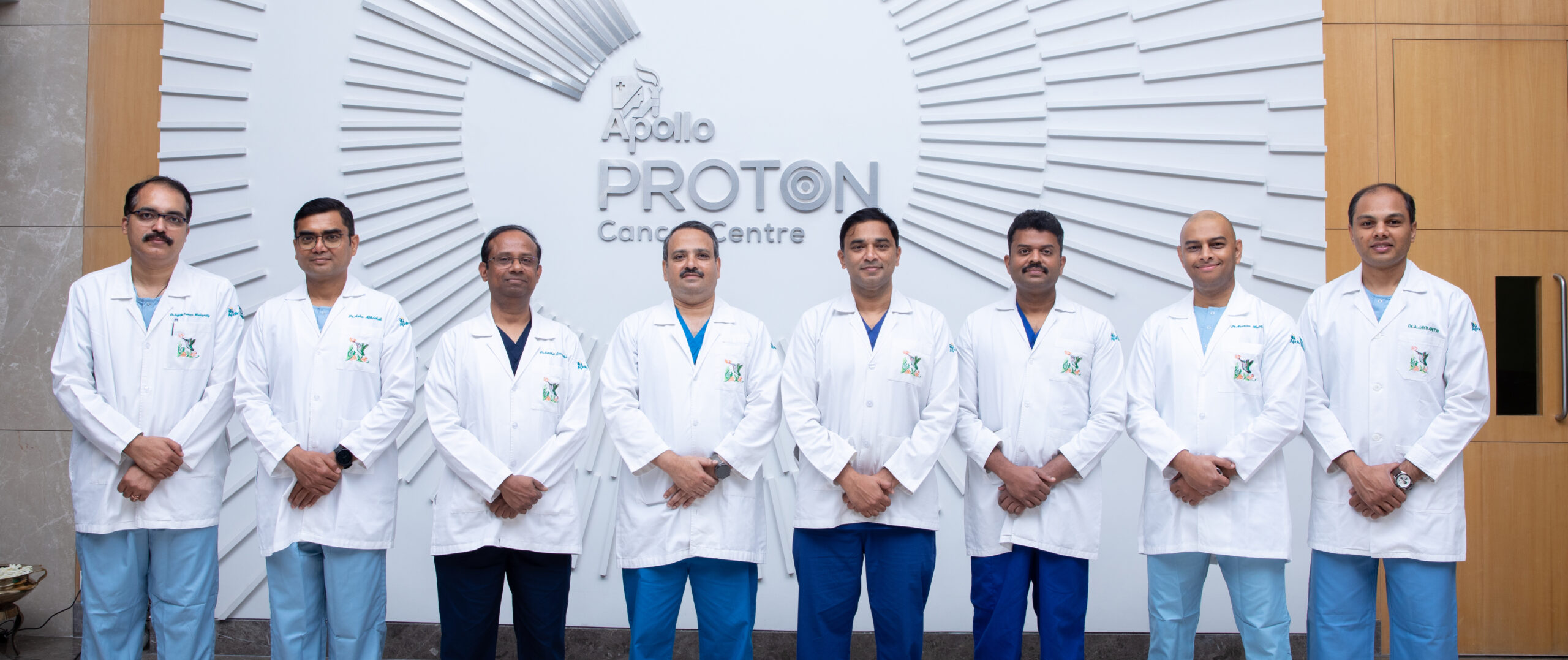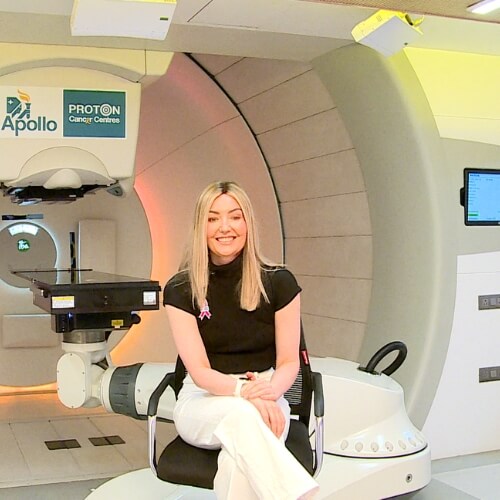The Oesophagus is the food pipe that starts from below the throat and ends where it joins the stomach below. The lining of the food pipe can give rise to cancer called Oesophageal cancer.
Esophagus Cancer: Symptoms & Treatment
- What is Oesophagus cancer?
-
- Types of Oesophagus cancers
-
The most common type of cancer affecting the Oesophagus is called Squamous cell carcinoma.
At the junction of the Oesophagus and stomach – the area referred to as Oesophago-gastric junction, the other type called adenocarcinoma is more common. Cancer at the Oesophago-gastric junction is gradually becoming more common than the squamous cell carcinoma affecting the oesophagus above.
Cancer arising from oesophagogastric junction behaves differently and the upper ones are managed similarly to oesophageal cancer and the lower ones managed similar to stomach cancer.
Whereas squamous cell cancer is treated before surgery by a combination of chemotherapy and radiotherapy, the gastro-oesophageal adenocarcinoma can be treated by either combination of chemotherapy and radiotherapy or chemotherapy alone based on the individual case scenario.
- How do you get Oesophagus cancer?
-
Unregulated multiplication of cells lining the food pipe can lead to cancer of the Oesophagus. This is often associated with irritation produced by tobacco, alcohol and reflux of stomach contents back into the Oesophagus.
- Is Oesophagus cancer curable?
-
Multimodality treatment and early detection have made it possible for Oesophageal cancer to be curable. Periodic endoscopic surveillance in high-risk groups makes it possible to identify lesions at an early stage and these can be treated by endoscopic or surgical procedures with the promise of a cure. Even when the cancer is locally advanced but not spread to distant sites, it is often possible to first shrink the tumour by using chemotherapy and/ or radiotherapy and make it amenable for surgical removal. With the advent of newer chemotherapy options like immunotherapy, it is possible to offer meaningful outcomes in advanced cancer as well.
Symptoms
The commonest symptom of Oesophagus cancer is difficulty in swallowing referred to as dysphagia
Other symptoms include:
- Pain during swallowing (Odynophagia)
- Feeling of holdup or foreign body sensation in throat
- Feeling of early satiety
- Loss of appetite
- Loss of weight
- Chest pain
- Vomiting
- Change of voice
- Water brash
Risk Factors
- Achalasia cardia – a motility disorder characterized by the spastic lower end of food pipe with failure to relax in response to food. This results in distension of the upper part of the oesophagus, retention of food within, nausea and vomiting, difficulty in swallowing and chronic irritation of the lining of the oesophagus. The risk of developing cancer is nearly 30 times more than the general population.
- Smoking and other forms of tobacco
- Hazardous intake of alcohol
- Gastroesophageal reflux disease (GERD) and Barrett’s oesophagus
- Obesity
What is the risk of cancer with Achalasia cardia? Can it be treated?
This motility disorder is characterized by the failure of the lower oesophageal sphincter to relax and produce difficulty in swallowing. This commonly presents in adulthood and often the symptoms are neglected. This is a premalignant condition however and over 20 years after the appearance of symptoms, there is a risk of development of cancer. Compared to the general population, the risk of developing cancer is nearly 30 fold.
It can be clinically diagnosed with the aid of a few tests including endoscopy and manometry. Whereas surgery (referred to as Laparoscopic Heller’s myotomy) has been the treatment of choice to help correct the problems arising out of Achalasia, now endoscopic procedures like POEM (Per Oral Endoscopic Myotomy) are emerging as competing modalities. These procedures can significantly aid the emptying of the food pipe and help lower the risk of cancer.
Testimonials

Other Gastrointestinal Cancers









